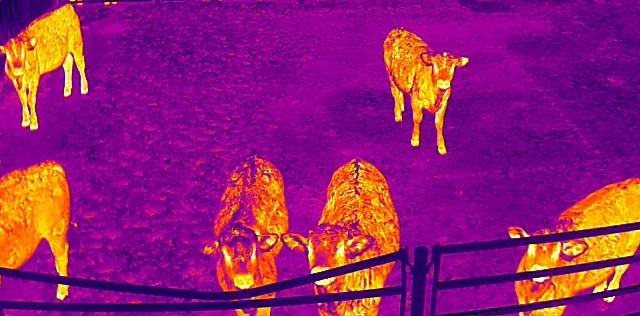The use of drones is becoming increasingly widespread and, as a result, more significant in the fields of livestock farming and animal health. This emerging technology presents new opportunities for farmers and professionals. Initially developed for military purposes, drone technology has now expanded into agriculture, primarily in crop cultivation and protection. However, its applications in livestock management are also gaining prominence. Drone-based monitoring significantly accelerates data collection, making it more cost-effective and precise, thereby contributing to more accurate data analysis. The insights gained from detailed analysis can ultimately enhance animal welfare and improve the efficiency of farming operations.
One of the most promising applications of drones is in grazing management and animal herding, particularly for sheep. Studies have shown that sheep can be effectively guided using drones with carefully selected sound effects, flight altitude, and direction. Additionally, drones can continuously monitor pasture conditions, supporting sustainable land use and preventing overgrazing.
The use of drones is also expanding in aquaculture. This technology enables water quality assessment, fish stock monitoring, and even the measurement of individual fish weights. Moreover, drones optimize feeding efficiency, reducing feed waste and minimizing environmental impact.
The combination of drones and artificial intelligence has created opportunities for identifying livestock raised under extensive conditions, analyzing their behavior, and monitoring their health. For instance, thermal cameras and sensors can detect early signs of heat stress or other health issues, allowing for timely intervention.
Despite these promising advancements, several factors continue to slow the widespread adoption of drone technology. Legal regulations, environmental conditions such as weather, and technical limitations—including flight duration, weight, and battery life—pose challenges. Additionally, the potential stress impact on animals must be carefully considered from an animal welfare perspective.
Overall, drones have the potential to revolutionize livestock farming and food production by improving efficiency and enhancing animal welfare. While significant challenges remain, ongoing technological advancements and increasingly diverse applications suggest that drones will become indispensable tools in modern agriculture in the near future.

